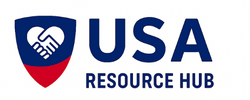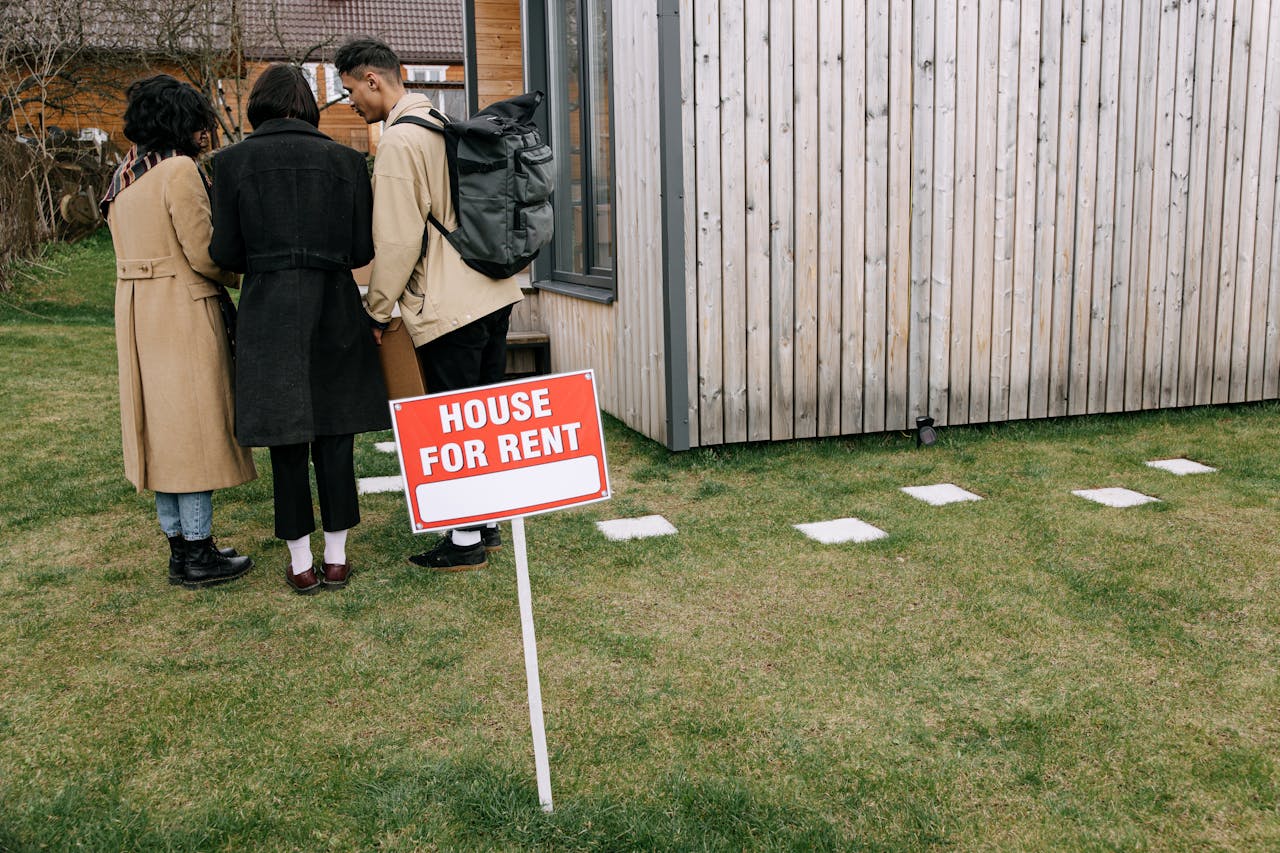Rent continues to outpace wages in many U.S. cities, leaving families and individuals searching for ways to stay housed without draining their income. In 2026, the housing market remains tight, but new programs and smarter strategies offer relief for renters willing to plan ahead and explore alternatives.
This guide outlines practical ways to reduce housing costs without sacrificing safety or stability. From renter assistance programs to utility coverage and house-sharing options, each tactic is designed to help renters stretch their budgets and secure more sustainable living arrangements.
Tap Into Renter Assistance Programs That Actually Help
Federal, state, and local governments continue to fund renter assistance programs aimed at reducing housing insecurity. These programs vary by location, but most offer support in the form of:
- Monthly rent subsidies
- Emergency rental assistance
- Security deposit grants
- Legal aid for eviction prevention
Key programs to explore include:
- Housing Choice Voucher Program (Section 8): Administered by local Public Housing Agencies, this program helps low-income families pay a portion of their rent based on income. Waitlists may be long, but eligibility is worth checking annually.
- Emergency Rental Assistance Program (ERAP): Originally launched during the pandemic, ERAP has evolved into a state-managed support system for renters facing sudden financial hardship.
- State and city-specific programs: Cities like New York, Los Angeles, and Chicago offer their own rental assistance funds, often targeting seniors, veterans, or families with children.
To apply, renters typically need proof of income, lease documentation, and identification. It is recommended to contact local housing authorities or nonprofit housing organizations for guidance and application support.
Look for Rentals With Utility Coverage Included
Rent that includes utilities may appear more expensive at first glance, but it often results in lower overall monthly costs. Bundled utilities reduce unpredictability and simplify budgeting.
Common inclusions:
- Water and sewer
- Trash collection
- Gas or electric
- Internet or cable
When comparing listings, calculate the total cost of rent plus average utility bills. A unit with slightly higher rent but full coverage may be more affordable than a cheaper unit with separate utility payments.
Some landlords offer flat-rate utility packages or include them in multi-unit buildings. It is advisable to ask for a breakdown of what is covered and confirm whether usage caps apply.
Consider Roommates or House-Sharing to Cut Costs
Sharing a living space remains one of the most effective ways to reduce rent. In 2026, house-sharing has evolved beyond college dorms and into structured co-living arrangements for working adults, families, and retirees.
Benefits include:
- Lower rent per person
- Shared utility and internet costs
- Access to larger or better-located properties
- Built-in social support and safety
Options to explore:
- Traditional roommate setups: Find listings on platforms like Craigslist, Facebook Marketplace, or Roomies. Always meet in person and review lease terms before committing.
- Co-living companies: Providers like Common, PadSplit, and Bungalow offer furnished rooms in shared homes with flexible leases and utilities included.
- Intergenerational housing: Some programs match older homeowners with younger renters in exchange for reduced rent and light household help.
Before entering a shared arrangement, discuss expectations around cleanliness, guests, noise, and shared expenses. A written agreement helps prevent misunderstandings and protects all parties.
Additional Tips for Lowering Rent and Housing Costs
Beyond the main strategies, renters can take additional steps to reduce expenses:
- Negotiate lease terms: Ask for longer lease durations in exchange for lower monthly rent. Some landlords prefer stability and may offer discounts.
- Look outside high-demand areas: Suburban or less central neighborhoods often offer better value. Consider proximity to public transit or remote work flexibility.
- Apply for income-restricted housing: Many cities offer units reserved for residents earning below a certain threshold. These are often newer buildings with modern amenities.
- Use housing locator tools: Websites like AffordableHousing.com and HUD.gov list verified affordable units and provide filters for income, location, and amenities.
Affordable Housing Requires Active Planning
Finding affordable housing in 2026 is not easy, but it is possible with the right approach. By combining assistance programs, utility-inclusive rentals, and shared living arrangements, renters can reduce costs without compromising quality of life.


Leave a Reply